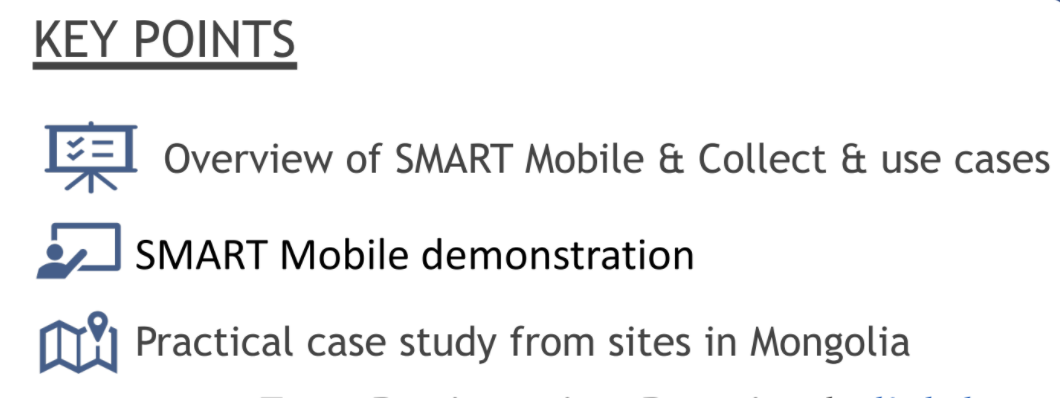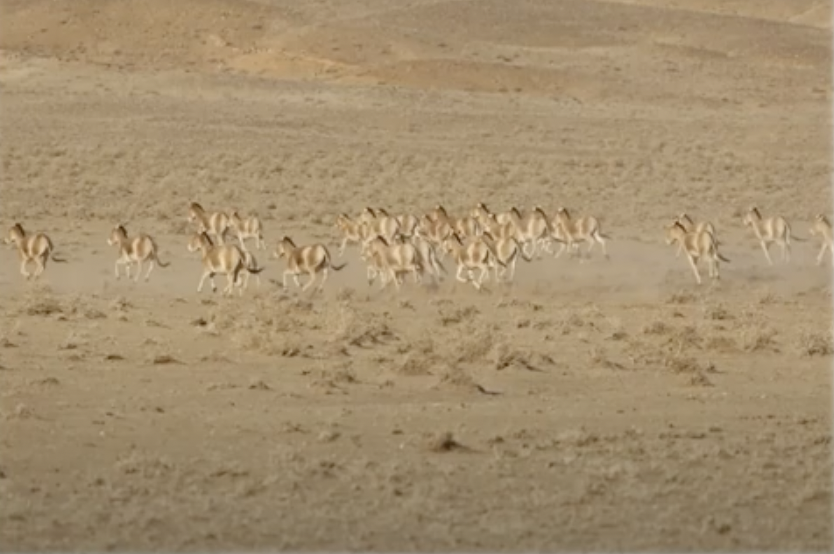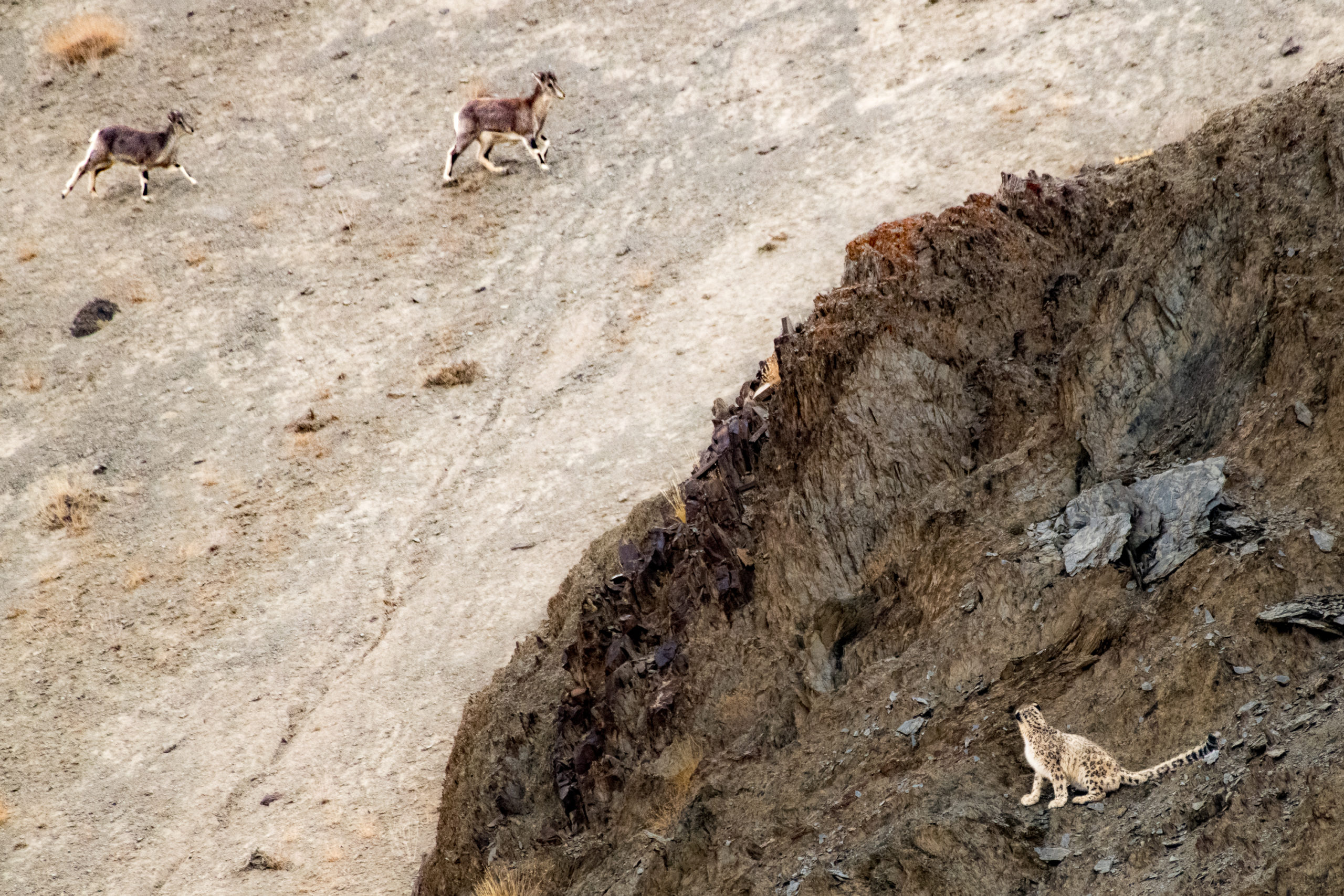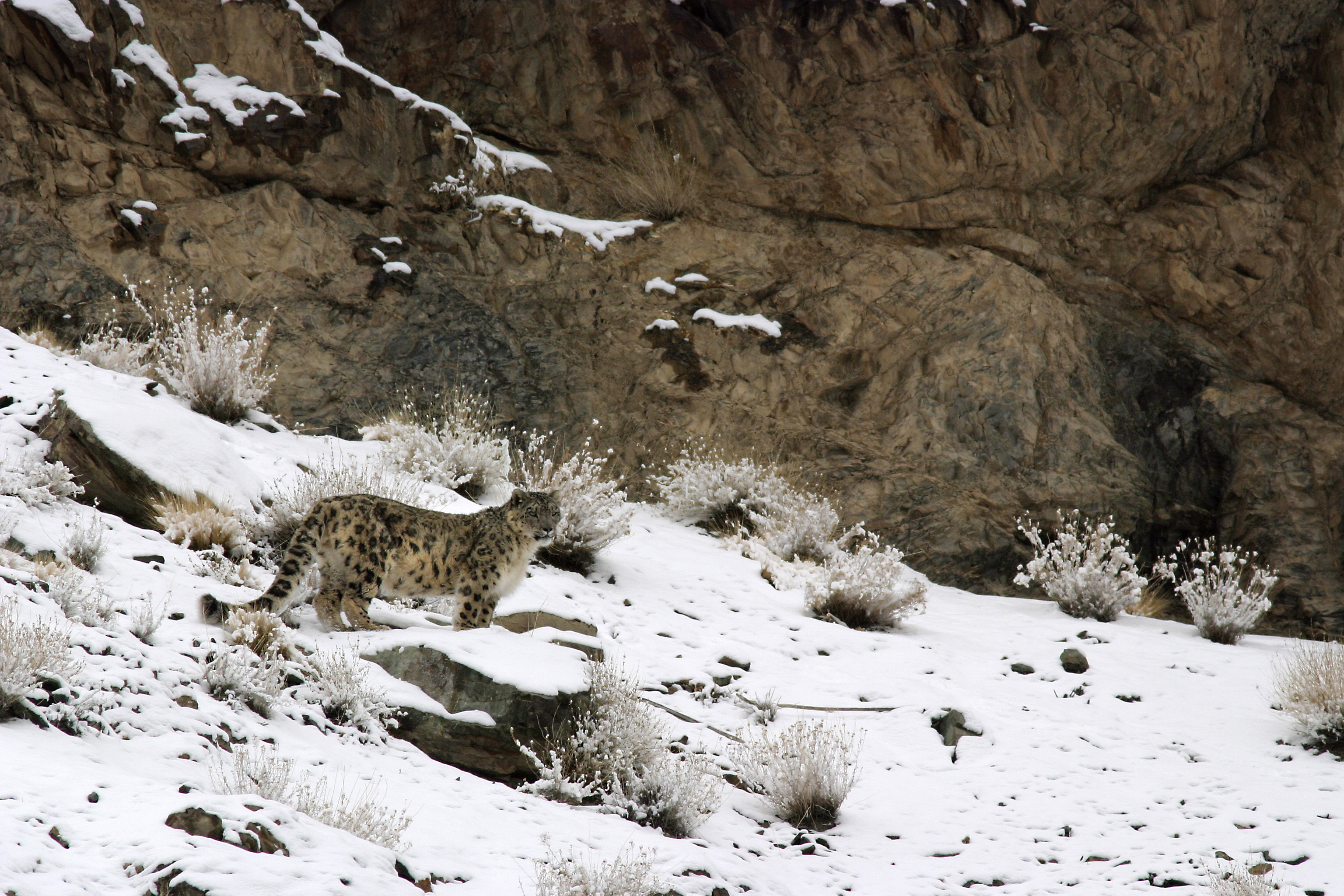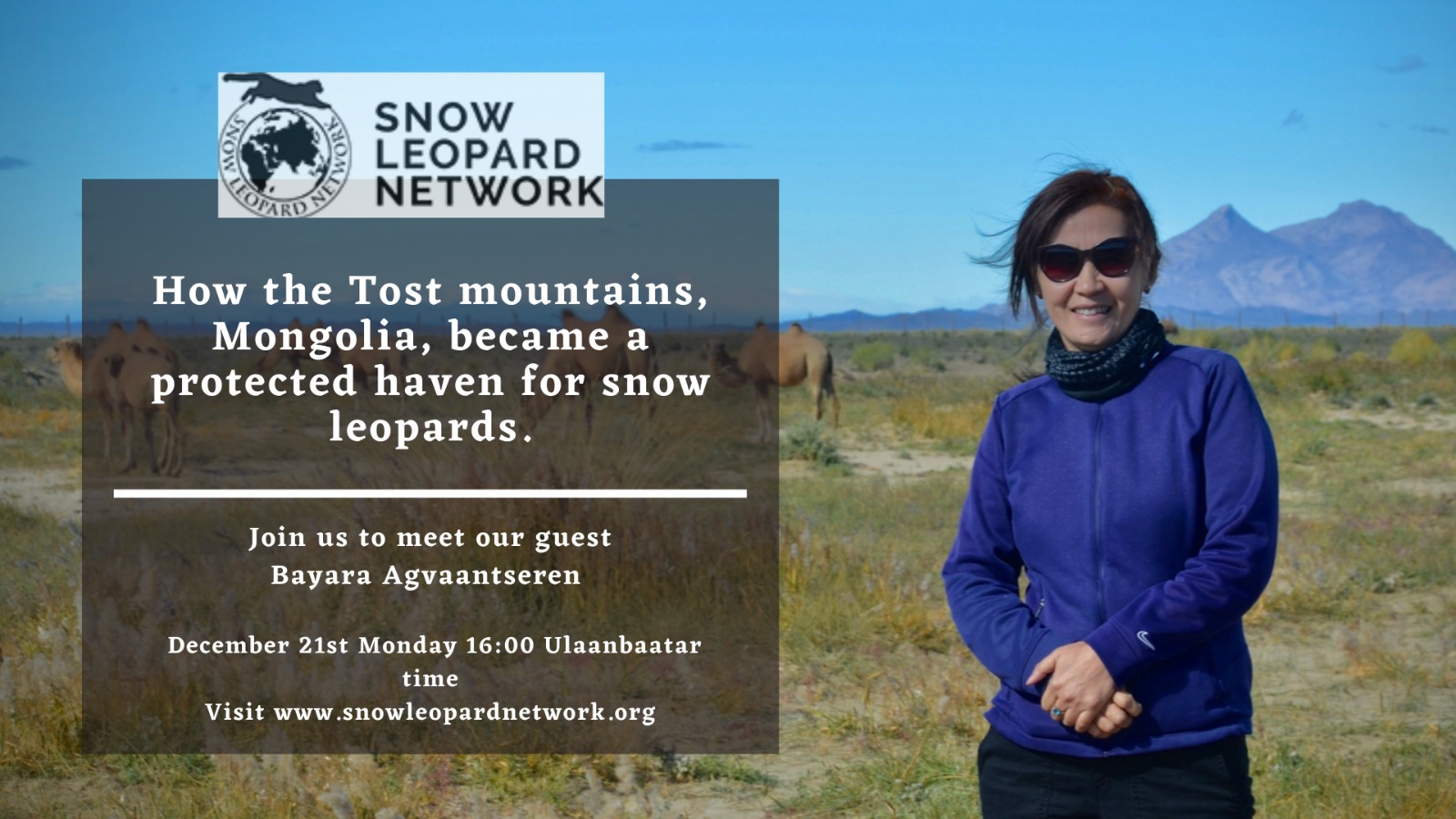
Welcome to SLN’s final webinar for 2020! During this year we have travelled across many countries of the snow leopard range- hearing updates and latest accounts of snow leopard research and conservation. We began in China and travelled to Nepal, Mongolia, India and the Russian Federation. We look forward to another set of country updates planned for 2021.
SLN would like to end the year on a positive and optimistic note. Today we take a detour to look back at one of snow leopard conservation remarkable achievements in the South Gobi of Mongolia- the process of establishing the Tost Nature Reserve. We will be hearing from one of Tost’s key conservation leaders- Bayara Agvantsaaren – who has been advocating for Tost’s snow leopards for over a decade. Bayara is also a global conservation figure having won the Goldman Environmental Prizein 2019. Dr. Charudutt Mishra, the Executive Director of the Snow Leopard Trust, will be joining us as discussant. He brings a wealth of knowledge, experience and thinking about how snow leopard conservation and development can go hand in hand while addressing emerging threats to snow leopards such as mining.
We hope to see you for this final webinar of 2020- and in doing so help highlight what is a growing number of snow leopard conservation success stories across the range.
About the talk: This is a story of protecting the Tost Mountains from being given away under mining licenses. The story had a number of chapters and it’s share of hopes and disappointments. After a long campaign of over 7 years that included research, advocacy and political mobilization a set of mining licenses were finally revoked and Tost was designated as a Nature Reserve for snow leopards in 2018. Bayara will start by talking about the setting. She will share a first hand account of how snow leopards face a number of emerging threats in Mongolia- in a context of economic needs that continue to pressurize the modern world. Bayara will give us an inside view of her team’s experience in accomplishing this extraordinary achievement in a very challenging setting, drawing on the support and involvement of local people and media.

About our Guest: Bayara is the Executive Director of Snow Leopard Conservation Foundation and Mongolia Program Director, at the Snow Leopard Trust.
“I have been working as a snow leopard conservationist since 1998 when I co-found Snow Leopard Enterprises Program which offers income generation to rural herders who share mountain with these elusive cats. It has been amazing 20+ years career journey to work with different aspects of conservation. I am privileged to be able to help both snow leopards and local people.” shares Bayara.
Date/Time: Monday; December 21st, 2020; 16:00 Ulaanbaatar Mongolia time.
Location: ZOOM, to join this talk, REGISTER HERE
Please note:
- If you have never used Zoom before, we recommend that you try the link 10 minutes before the start of the lecture.
- Please feel free to write questions in the comment area and there will be time for questions/discussion at the end of the talk.
